When I was teaching science to my older kids in our homeschool, I didn’t have a lot of time to do experiments with them. They would read the text and do all of the written work, but I always felt too overwhelmed to touch on the hands-on part of the science lessons.
This content uses referral links. Read our disclosure policy for more info.
Luckily for us, four years agoI found a great local homeschool co-op that let us join and take part in their science program. My kids have been quite successful with this. For example, after completing biology in the co-op with the Apologia’s Exploring Creation with Biology text, Noah was able to CLEP out of biology and met all of the science requirements for his degree.
Rosie has taken elementary science courses at the co-op including Anatomy and Physiology, Botony and Astronomy. As a 7th grader, it was time to start getting her ready for the rigors of a high school level coursework. As the fates would have it, I got the chance to teach General Science, the first jr. high course preparing the students for the rigors of high school work.
Now I would have the opportunity to provide lab work and experiments for Rosie and her classmates!
The biggest challenge for me was trying to compact a course that should be 30 weeks in length into the 24 weeks of the co-op. By preparing a syllabus that requires them to start reading the text before our first co-op class, and doing a little reading during breaks and after our final co-op class, I think it’s possible to do it.
I see my role of the homeschool co-op General Science teacher as one of guide and facilitator. Our time in class is not to re-teach what is in the book, but to carry out experiments and experiences that enhance what they are learning in the text. I think this is particularly important because we don’t really have time to linger on each chapter.
Chapter 5 of the General Science text is all about archeology. Chapter 6 starts the unit on Geology. I thought that a trip to the local cemetery might be a good way to experience both. By seeing the old graves and gravestones they could see artifacts from the past. By looking at how those artifacts have aged and changed over the years, especially the effects of weathering on the tombstones, they are experiencing some of the factors that geologists study.
Stones have been worn away by time, weather, wind and probably pollution. Vandalism affected some of the monuments which of course is something else archeologists have to deal with.
Plants and trees have affected some of the stones as well.
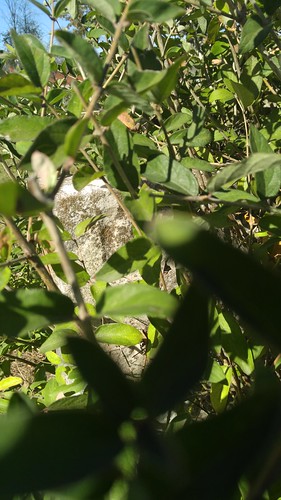
It was certainly interesting to see the different way in which different types of monument stone had disintegrated.
I think that time in the cemetery, letting the students wander and record their findings, was a very enjoyable activity and brought the lessons of their textbook to life.
The next week we had to learn about the different types of rock – ingenious, sedimentary, and metamorphic. Since I did not have samples of each kind of rock, nor did I have time or money to take another field trip I thought of finding samples in books. In my search for materials during my lesson planning, I came across this book – Geology is a Piece of Cake!
I already plan certain feasts and treats around the liturgical year to help my family remember certain symbols, events and elements of the faith. Maybe food would help students relate to geology as well!
The photo below represents “igneous rock.” The idea is that even though different elements become part of the rock, they remain unique – much as the carrots and raisins became part of the cake and yet still remained carrots and raisins!
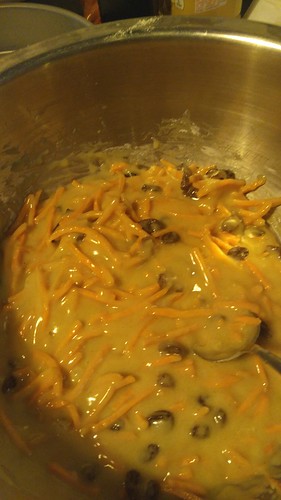
We made several cakes that day to represent different types of rock. It took most of the morning to prepare.
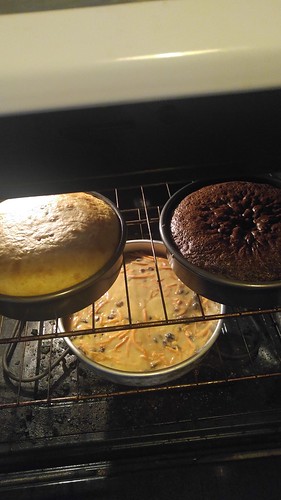
Nothing represents rock strata in the kitchen better than layered cake!
And would any geology class becomplete without hot lava – like this hot chocolate lava cake?
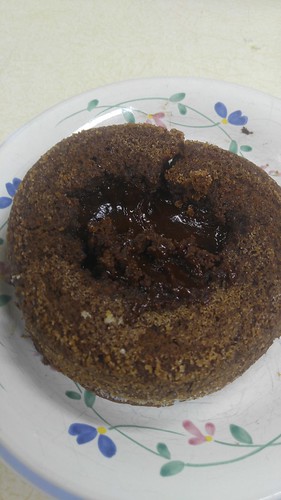
Here is the sample plate. Starting from left to right – Igneous rock, nonfoliated metamorphic rock, sedimentary rock and floated metamorphic rock.
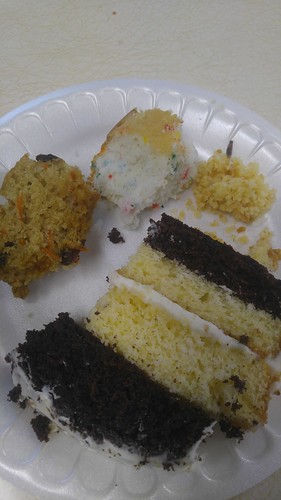


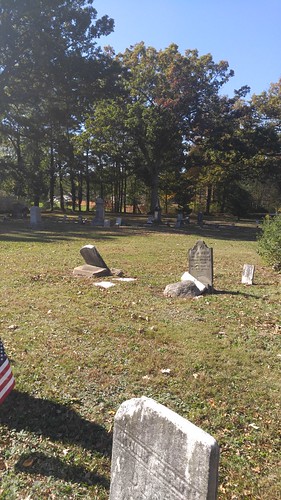
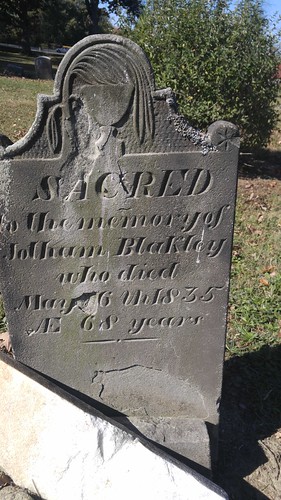

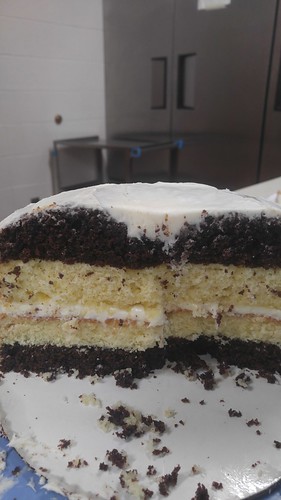
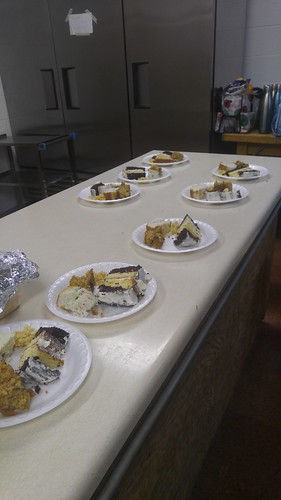
nice